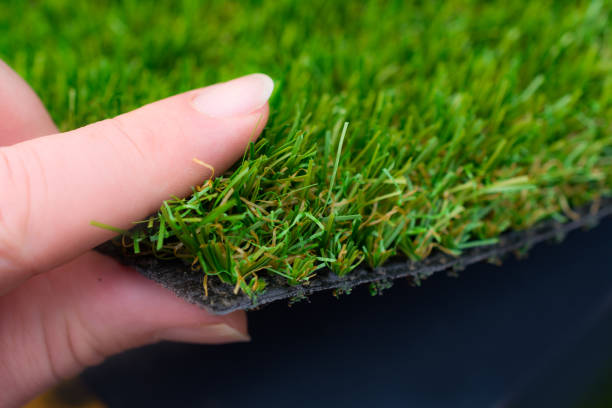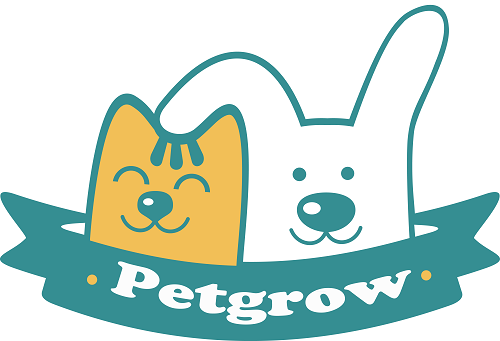The development of artificial turf has undergone several key processes and advancements to reach its current state. These processes have contributed to improving the performance, aesthetics, and sustainability of artificial turf. Here are some of the significant processes artificial turf has experienced in its development
Material Innovation: One of the fundamental processes in the development of artificial turf has been the continuous innovation in materials. Early artificial turfs were primarily made of nylon fibers, but over time, manufacturers have experimented with various materials such as polyethylene, polypropylene, and hybrid blends. These materials have been chosen for their durability, resilience, and ability to mimic the look and feel of natural grass.
Tufting Technology: Tufting is the process of stitching the fibers into a backing material to create the turf's surface. Advancements in tufting technology have allowed for greater precision and uniformity in the placement of fibers, resulting in a more natural appearance and improved performance. Computer-controlled tufting machines have enabled manufacturers to produce artificial turf with consistent pile height, density, and texture.
Infill Systems: Infill materials play a crucial role in artificial turf systems by providing stability, cushioning, and support for the fibers. Early artificial turfs used sand infill to weigh down the surface and enhance stability. However, the development of rubber infill, such as recycled tire crumb rubber, has significantly improved shock absorption and impact resistance, making artificial turf safer and more comfortable for athletes.
Drainage Systems: Proper drainage is essential for maintaining the integrity and performance of artificial turf, especially in outdoor environments. Advances in drainage technology have led to the development of perforated backing materials and integrated drainage systems that allow water to drain efficiently through the turf surface. Improved drainage helps prevent waterlogging, reduces the risk of mold and mildew growth, and prolongs the lifespan of artificial turf.
UV Stabilization: Exposure to sunlight can cause artificial turf fibers to fade and degrade over time. To address this issue, manufacturers have incorporated UV stabilizers into the materials used to make artificial turf. UV stabilization helps protect the turf from sun damage, ensuring long-lasting color retention and durability even in harsh outdoor conditions.
Cooling Technologies: Synthetic turf surfaces can absorb and retain heat, leading to elevated temperatures and discomfort for athletes, especially in hot climates. To mitigate this issue, cooling technologies such as infrared-reflective coatings and moisture-absorbing infill materials have been developed. These technologies help reduce surface temperatures and create a more comfortable playing environment for athletes.
Sustainability Initiatives: With growing concerns about environmental sustainability, manufacturers have focused on developing eco-friendly alternatives and reducing the environmental impact of artificial turf production. This includes using recycled materials, incorporating bio-based polymers, and implementing sustainable manufacturing practices. Additionally, efforts have been made to improve the recyclability and end-of-life management of artificial turf systems to minimize waste and resource consumption.
Overall, the development of artificial turf has been characterized by continuous innovation and improvement across various processes, resulting in the creation of more realistic, durable, and sustainable synthetic turf systems.

- by Pet Grows
Unveiling the Evolution of Artificial Grass: A Journey Through History
- by Pet Grows

Share:
Mastering the Art of Artificial Turf Installation: A Step-by-Step Guide
Enjoy artificial turf in the summer!